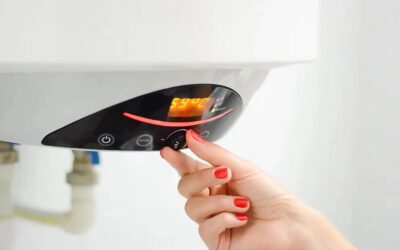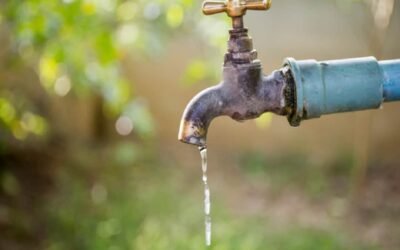Frozen pipes in the home are a problem we all have to deal with in a city with cold seasons. It isn’t easy to turn off your faucets and see the water flowing in a tinny amount or not even. If it gets treated promptly, the pipe may explode and, when frozen and flowing again, result in a catastrophic leak.
Let’s begin by introducing some background information. The most crucial point to be aware of is that once the water freezes inside the pipe, it expands. This expansion could exert enough pressure to break or break the line before it thaws, leading to a significant water leak and severe damage. Pipes are susceptible to freezing for a variety of reasons. It’s not just that the weather outside is cold; the pipe inside gets subjected to extreme cold. The pipes may get placed in an inconvenient location or an area not adequately insulated. Home additions and renovations that aren’t protected are the most common causes of frozen pipes. Repairing frozen pipes is a must for a licensed professional plumber who lives in a cold climate.
Things can take care of in your home to decrease the likelihood of suffering from the pain caused by frozen pipes.
Ensure you have correctly drained your outside water pipes or hose faucets using their shut-off valve, which will bleed out any remaining water in the line. It is known as the winterization of your pipe. It is the initial step to getting your home winter-ready.
Additionally, it would help if you looked around the house for areas. Water lines might be vulnerable to cold because of the absence of heating or, for instance, in attics, basements, garages, and crawl spaces. The water lines that run through these areas are certainly at risk of freezing and should get protected from freezing to stop freezing.
To save money, homeowners could wrap towels or pipe insulation around pipes to create insulation. To provide a permanent solution, you can call an experienced plumber to get an appointment to discuss the possibility of redirecting the pipes with water leaks from these cold zones.
You might remove the cabinet doors and expose the pipes in the kitchen and bathroom during the winter months. To help warm air in the house circulate more rapidly to chilly unheated areas and lessen the likelihood of freezing.
If it is below freezing outside and you have a deep freeze, you can run your plumbing at a tiny trickle as long as it is not below freezing. If your pipes are still frozen fast, it is the best defense. Contact a plumber to defrost your pipe since they usually have different options to ensure that the flow of water gets restored quickly and quickly. If the pipe bursts or begins to leak, they will reduce the damage by isolating your pipe or making the necessary repairs.
Using a hair dryer to defrost frozen pipes is one of the easiest and safest ways to do it on your own. When you do this, make sure you turn on the faucet. Another alternative to consider is using a space heater that is small and portable. Be cautious, and don’t leave heating elements on the floor unattended. To thaw the frozen pipe, stay away from open flames.
You can rely on Ottawa Plumbing Service’s friendly experts for all your plumbing needs, including simple emergency repairs, complex repairs, and defrosting frozen pipes and lines. If you have frozen pipes or are concerned about them, please give up a call at (613) 317-1682 or email us at info@ottawaplumbingservice.com today.



